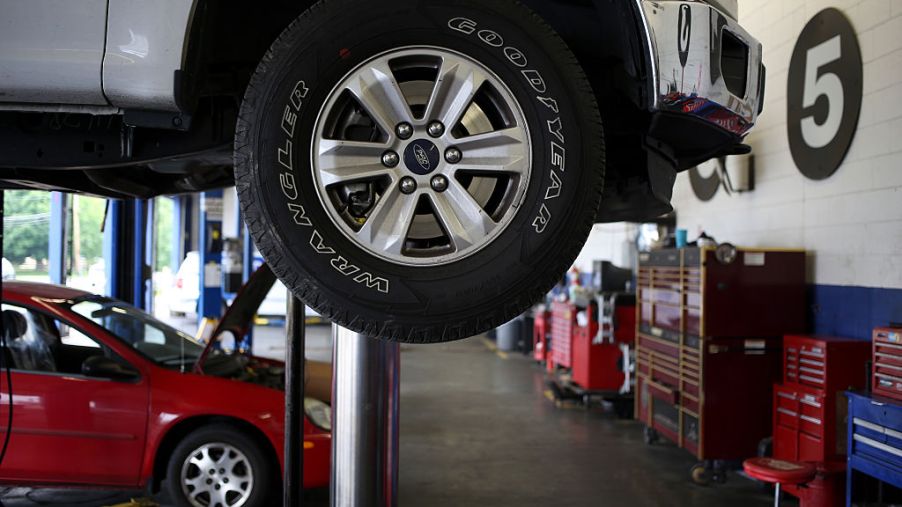
A Surprising Number of U.S. States Don’t Require Vehicle Inspections
Driving is a fun pastime for many, but there are a lot of legal hassles to be aware of. From insurance to inspections, being a car owner is more complicated than just owning a vehicle and driving it around. However, many states don’t actually require any vehicle safety inspections, and many more have some pretty lax inspection requirements. Here’s a quick breakdown of what each state requires, courtesy of PartsGeek.
States that don’t require vehicle inspections
All together, there are eight total states that have no required vehicle inspections: Alaska, Arkansas, Iowa, Minnesota, Montana, South Carolina, South Dakota, and Texas. Michigan and Mississippi also generally don’t require inspections, except for in some extremely specific scenarios. For example, in Michigan, newly rebuilt vehicles, that is, vehicles built from salvaged or scrapped parts, require a safety inspection. In Mississippi, vehicles that have tinted windows also need a safety inspection.
Although Alaska doesn’t require any inspections, that doesn’t mean the state won’t require inspections in the future. The state used to have safety inspection requirements, but they were abolished in 2012. Similarly, South Carolina failed to advance a bill that would’ve reinstated inspections.
States that require partial vehicle inspections
Many states have relatively lax inspection requirements. These laws tend to exempt many vehicles, usually newer models, hybrids, or electric vehicles. The inspection periods are often every two years and, in some states, only apply to certain areas of the state. Many of these states only do VIN inspections and oftentimes only for out-of-state vehicles.
Six states only require out-of-state vehicles to get a VIN inspection: Florida, Kansas, Kentucky, Nebraska, Oklahoma, and Wyoming. Alabama and North Dakota only require a safety inspection for specific circumstances, including right before you purchase your car or if your car is a rebuilt vehicle.
A lot of states have minimal regulations except for certain metropolitan areas. Generally speaking, motorists in those areas are required to do an emissions test every two years. These states include Arizona, Delaware, Connecticut, Idaho, Indiana, Maryland, New Jersey, New Mexico, Ohio, Oregon, Washington, and Wisconsin.
Some states have a combination of an emissions inspection and a safety inspection every two years. These states include California, Colorado, Illinois, Missouri, and Rhode Island.
Utah has some unique but simple inspection requirements. Safety inspections are required when your car is four, eight, and 10 years old. When your car is older than 10 years, inspections become annual. Emissions inspections are also only required for certain metropolitan areas of Utah.
States with strict vehicle safety inspections
Finally there are the states that have some very strict inspection rules. All of the following states require annual safety inspections, at a minimum. Many also require annual emissions inspections. The states that require both safety and emissions inspections every year include Georgia, Massachusetts, New Hampshire, New York, and Vermont.
Some states require annual safety inspections but only require emissions inspections in certain cities. Those states include Louisiana, Maine, Nevada, North Carolina, Pennsylvania, Tennessee, and Virginia.
Hawaii and West Virginia don’t require emissions inspections at all but do require annual safety inspections.
It should be noted that most of these states that have any inspection requirements have their own rules and regulations about what cars need to be inspected and when. Furthermore, many states let cities and counties decide if they want to require any emissions testing. If you are unsure of your state’s inspection guidelines, you should check with your local DMV.



